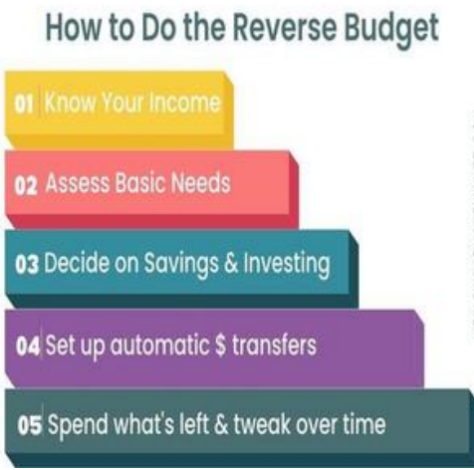Changing from someone who spends all their money each month, often referred to as a "moonlight spender," to a person who saves wisely can feel intimidating, especially for those who are used to spending a lot. Yet, this change doesn’t mean giving up on enjoying life; rather, it's about adjusting how you think and act with your finances. Below are the key factors that can help with this important transition.

Redefining the Value of Money
People who spend a lot of money often link it to experiencing pleasure right away. To start saving, it’s important to change how we view money, seeing it as more than just a way to enjoy the present. Instead of thinking of savings as limiting, consider them as a pathway to future opportunities—such as launching a dream project, enjoying a stress-free retirement, or having the ability to face unexpected financial challenges.This change in thinking requires recognizing the benefits of compound interest. Even small amounts saved regularly can add up significantly over time. For example, by putting aside part of their monthly earnings into varied investment options, high-income individuals can transform their savings into valuable assets, allowing their money to work for them instead of just spending it all.

Unveiling Hidden Spending Patterns
The tendency to spend under the moonlight often stems from unnoticed spending behaviors. While high-end shoppers may keep track of their big expenses, they might ignore the overall impact of small, everyday costs. These minor purchases can include everything from daily gourmet coffee to random buys of luxury items.To gain better control of your finances, try using sophisticated financial tracking applications that link to all of your accounts. Such tools examine your spending habits and reveal where unnecessary expenses happen. By seeing the amounts you spend on non-essential items, it becomes simpler to find ways to save money while still enjoying a good quality of life.
Implementing the "Reverse Budgeting" Strategy
Instead of following the usual budgeting method where expenses are planned first and savings are what’s left, try using a "reverse budgeting" strategy. Start by designating a specific amount for savings and investments as soon as your income arrives. After that, use the leftover money to cover your monthly expenses.For those who tend to spend a lot, this approach changes how financial priorities are viewed. It guarantees that saving is an essential component of your financial strategy instead of something you do after other expenses. As your income increases over time, you can also raise the amount you save, which can help you reach financial stability faster.

Creating a Savings Incentive System
To keep yourself motivated while saving, create a system of rewards that matches your preferences. Connect your savings goals to enjoyable experiences. For instance, after reaching a specific savings amount, reward yourself with a luxurious spa visit or dinner at a Michelin-star restaurant.
This method turns saving into a rewarding activity instead of a burdensome task, making it more about investing in your future happiness. You might also want to create a “guilt-free” spending allowance in your budget. This will let you treat yourself once in a while without going overboard on your expenses.In summary, changing from a carefree spender to a wise saver involves adjusting your mindset, careful planning, and personal rewards. For those who can spend a lot, this change doesn't mean giving up on luxury; instead, it’s about gaining better control of your finances and securing a richer future.






